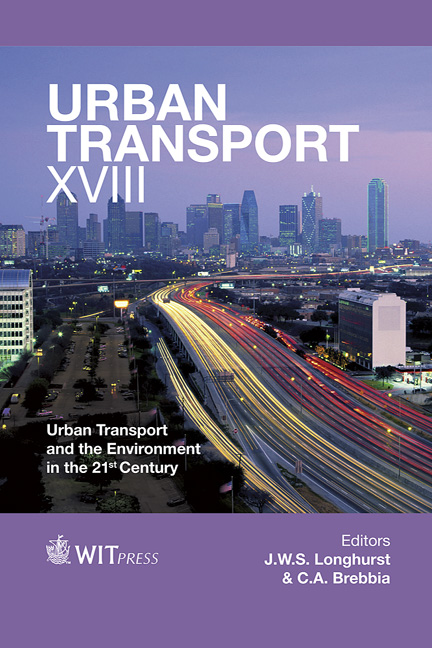Quantification Of Tire And Road Wear Particles In The Environment
Price
Free (open access)
Transaction
Volume
128
Pages
12
Page Range
59 - 70
Published
2012
Size
387 kb
Paper DOI
10.2495/UT120061
Copyright
WIT Press
Author(s)
J. M. Panko, J. A. Chu, M. L. Kreider, B. L. McAtee & K. M. Unice
Abstract
Tire and road wear particles (TRWP) are produced during the interaction of a tire with the roadway surface when the vehicle is in motion. In order to assess the potential global environmental and human health impact of TRWP, air and sediment samples were collected in 3 watersheds: the Seine River watershed in France, the Yodo River watershed in Japan, and the Chesapeake Bay watershed in the U.S. TRWP was quantified in these samples using a pyrolysis GC-MS marker specific to tires. A wide diversity of areas were sampled including environmental protection areas, recreational areas, commercial districts, residential zones and more remote rural areas. In all cases, the presence of an identifiable source of vehicle traffic was mandatory. For sediment, the overall average tread concentration was 1000 ppm dry weight with a range of < 14 to 5800 ppm dry weight (n=149) and grain size classification as sand or silt/clay was a significant determinant of tread concentration. For air the overall average concentration was 0.080 g/m3 with a range of < 0.002 g/m3 to 0.67 g/m3 (n=81) and a non-significant trend of increasing average tread particle concentration in air with increased population density and traffic load. This study represents the most comprehensive analysis of environmental levels of TRWP to date, with approximately 75 PM10 samples and 150 sediment samples collected on three continents. The results of this study will be used to understand the potential human and environmental risk of exposure to TRWP. Keywords: tire, wear, PM10, sediment, road.
Keywords
tire, wear, PM10, sediment, road.





